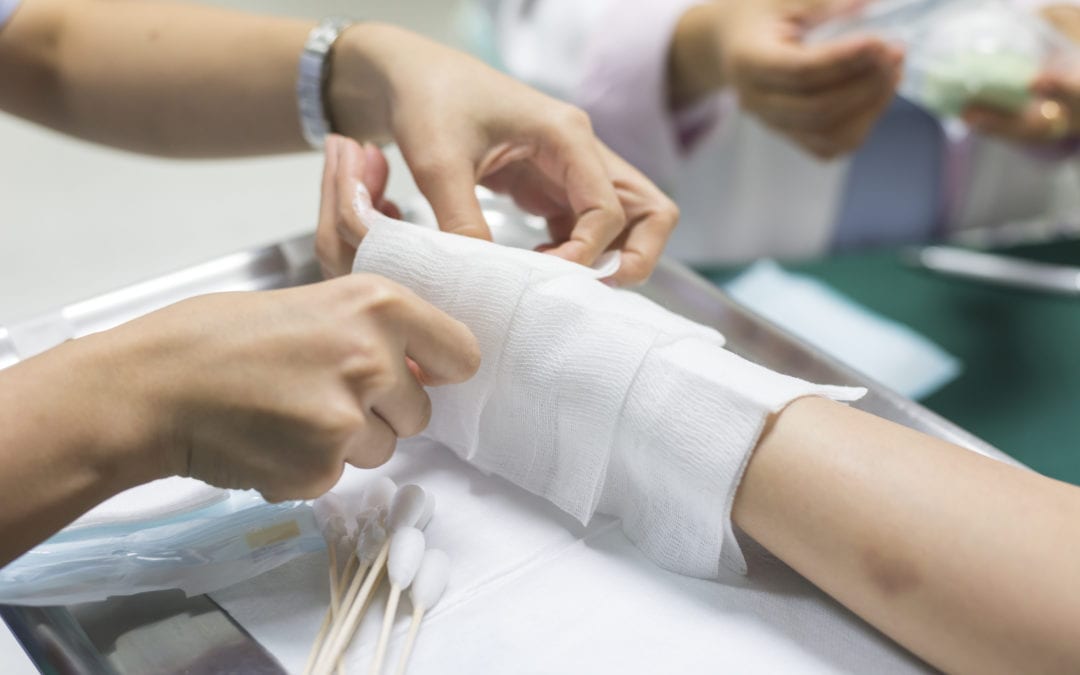Burns are a fact of life. We all have the occasional accident in the kitchen or hot coffee spill on the way to work. Most of those burns are minor injuries. They hurt, but they can easily be treated at home. On the other hand, a major burn can be a medical emergency that requires immediate treatment at a hospital. We believe that everyone should know how to tell the difference between the two, and how to properly treat minor burns from home.
Do You Need Emergency Care?
It is fairly easy to determine if a burn calls for emergency medical treatment or not. Figuring that out is the first thing that a person should do if they suffer from a burn. There are a few clear signs that a burn needs urgent care:
- If the skin is charred, leathery, or has patches of white, brown, or black
- If the burn is deep enough to injure every layer of skin
- If the burn is larger than a couple of inches in diameter
- If the victim is an infant or a senior
- If the burn covers a major joint, the hands, genitals, or another vulnerable area of the body
As a rule of thumb, any burn that has symptoms beyond simple redness, pain, and blistering is likely to be a major problem. When in doubt, we encourage people to always seek medical treatment. It is better to be safe than sorry.
First aid might be necessary while waiting for an ambulance. That can be tricky, but it can also save a life. It is important to get the victim away from the heat source that caused the burn to prevent further injury. Check to make sure that the victim is still breathing and remove any restrictive items, such as jewelry, from the burn area. Covering it with a sterile bandage can help protect the burn from coming in contact with any germs or debris. We encourage people to get a complete set of instructions for their first aid kit and follow any directions that the treating healthcare professional provides.
Home Treatment
Most burns aren’t that severe. It is generally safe to rely on home treatments if redness, pain, and minor blisters are the only symptoms.
Start by removing restrictive clothing or accessories from the burn area as quickly and gently as possible. Once that is done, try cooling the burn to alleviate the pain. Running a little bit of cool water or gently applying a cool, wet compress will get the job done.
Once the wound is cool, apply a little bit of moisturizer or lotion containing aloe vera. Apply a gauze bandage over the burn. Be gentle and keep it loose. The goal is to protect the burn from the air without putting pressure on it. Be careful to avoid breaking any blisters that form.
Seeing a Doctor
There are burns that require some medical attention without being true emergencies. This includes burns that look infected, get more painful over time, or seem unusual or severe.
A general practitioner, like Dr. Thomas Falterman, can look at the burn and determine the right treatment in those cases. That may include medication for the pain, antibiotics to deal with any possible infections, or other necessary treatments depending on the patient’s case. Most burns won’t need special treatments, but we always advise people to take caution and get the burn checked out if there is any chance it may be more than minor.

